Isn’t it fun to talk about those tip of your tongue superhero movies that you either barely remember, or just completely forgot existed? From Mystery Men to The Shadow, these are the superhero flicks that time (and most people) forgot—but not us. We’re peeling back the curtain to shine some light on nine superhero movies that never quite made it to the A-list and the downright bizarre trivia that tagged along with them.
For example, did you know Will Smith’s Hancock was supposed to be a much grittier, R-rated film? Perhaps if the studio hadn’t interfered, it wouldn’t currently be sitting at 42% on Rotten Tomatoes. Read on for some crazy stories from the most random superhero movies we could think of.
Director Sam Raimi Secretly Re-Cut ‘Darkman’ Behind The Studio’s Back
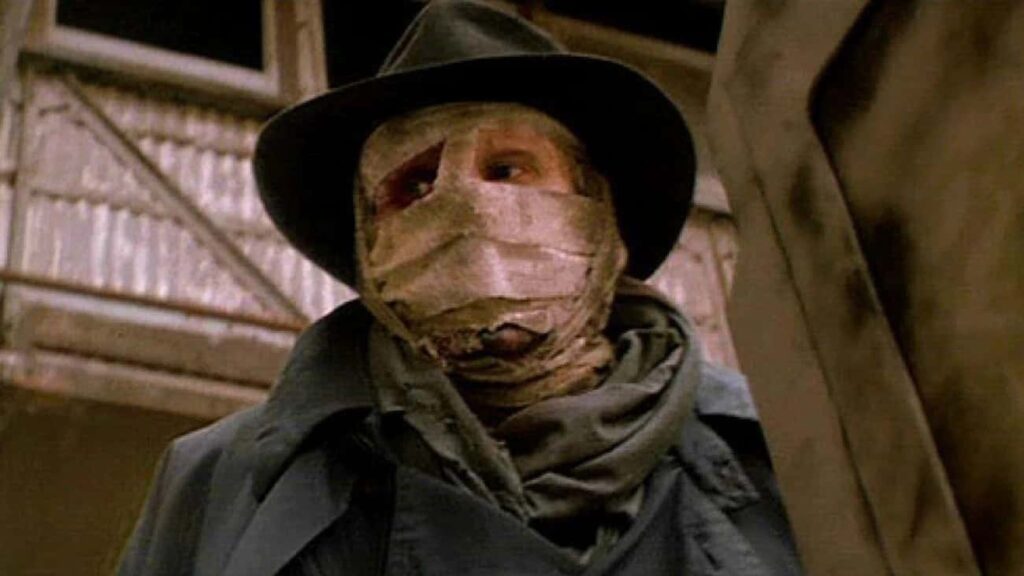
Director Sam Raimi’s 1990 film Darkman was – and continues to be – appreciated by both fans and critics for its creative take on the superhero myth, and for its ominous visual style. Liam Neeson stars as Peyton Westlake, a brilliant scientist working on a form of synthetic skin.
When he’s left for dead after a violent attack organized by a local crime boss, Westlake creates the titular alter ego for himself and goes looking for revenge. Using his artificial skin, he’s able to disguise himself as other people, including the very same boss responsible for his disfigurement.
There was significant tension between Raimi and Universal Pictures during the making of Darkman. Universal wanted something mainstream and PG-13 rated, like Tim Burton’s Batman, which came out the year before. Raimi wanted to make something twisted and R-rated. When the film tested poorly, the studio brought in an editor to chop it down to a brisk 85 minutes, cutting out much of what made it distinct in the first place.
Right before the scheduled critics’ screenings, Raimi sought to rectify the situation. With the help of editor Bob Murawski, the director secretly re-edited the movie without the studio’s knowledge, putting stuff he liked back in and restoring his vision. The gambit worked, as reviews were largely positive, forcing Universal to concede that Raimi’s version was the correct one to release.
Paul Reubens Brilliantly Ad-Libbed An On-Set Accident In ‘Mystery Men’
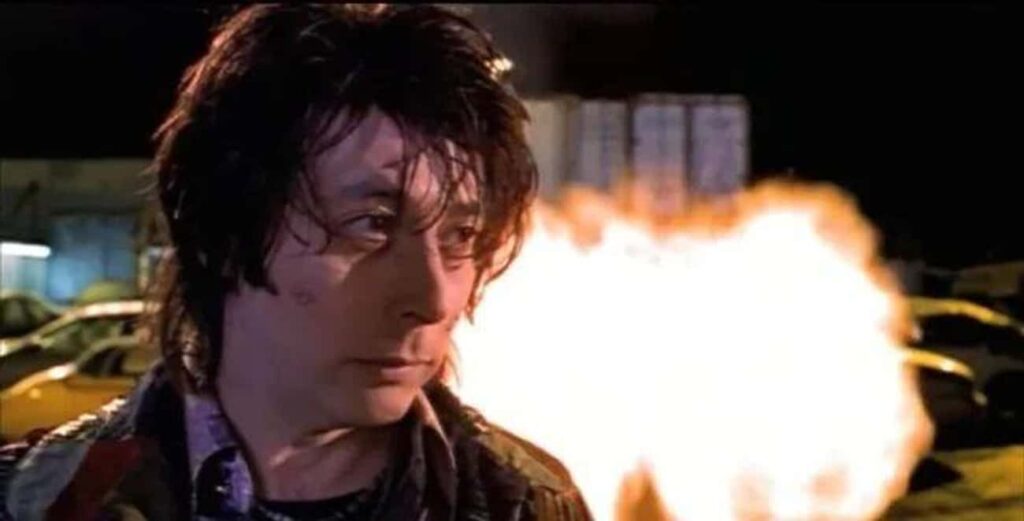
The comedic superhero movie Mystery Men was a surprise flop upon its 1999 release, but it has gone on to become a genuine cult classic. It follows a group of heroes with unlikely powers, one of whom is Spleen (Paul Reubens), whose power is the ability to make people faint by passing gas. You’ll never see Superman doing that!
One of the film’s biggest laughs involves Spleen, and it was a total accident. A crew member unthinkingly threw a lighter into a trashcan that was right behind Reubens. Because the can had already had a fire going inside, the lighter caused a small explosion. The actor never broke character. Instead, he ad-libbed the line “excuse me,” making it seem like Spleen’s flatulence had caused the explosion. His improv was so funny that director Kinka Usher chose to include it in the final cut.
‘Condorman’ Costume Almost Drowned Actor Michael Crawford
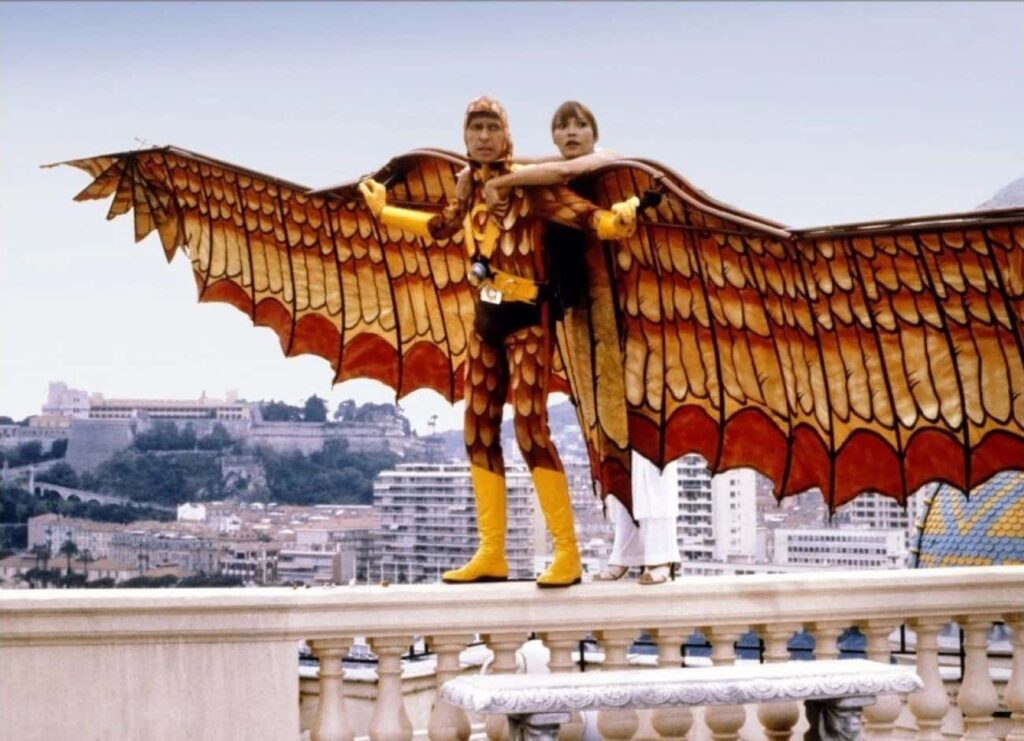
A generation of 1980s kids grew up watching the Disney flick Condorman on HBO. It’s the story of cartoonist Woodrow “Woody” Wilkins (Michael Crawford), who essentially becomes the titular superhero he created in order to help a beautiful KGB spy named Natalia (Barbara Carrera) defect. He even has his own gadget-filled outfit, with wings that stretch far out to the sides.
That suit looked cool – or at least it did in 1981 – but it wasn’t necessarily pleasant for Crawford to wear. One scene in the movie finds Woody, in his crimefighting get-up, falling into the River Seine. The weight of the costume made it difficult for Crawford to swim. He ended up sinking a full 10 feet before the safety team pulled him out. Despite this near-drowning, he offered to do another take of the scene. Director Charles Jarrott declined the offer, getting a professional stuntman to do it instead.
A Touching Comment From Robert Townsend’s 6-Year-Old Nephew Inspired ‘The Meteor Man’
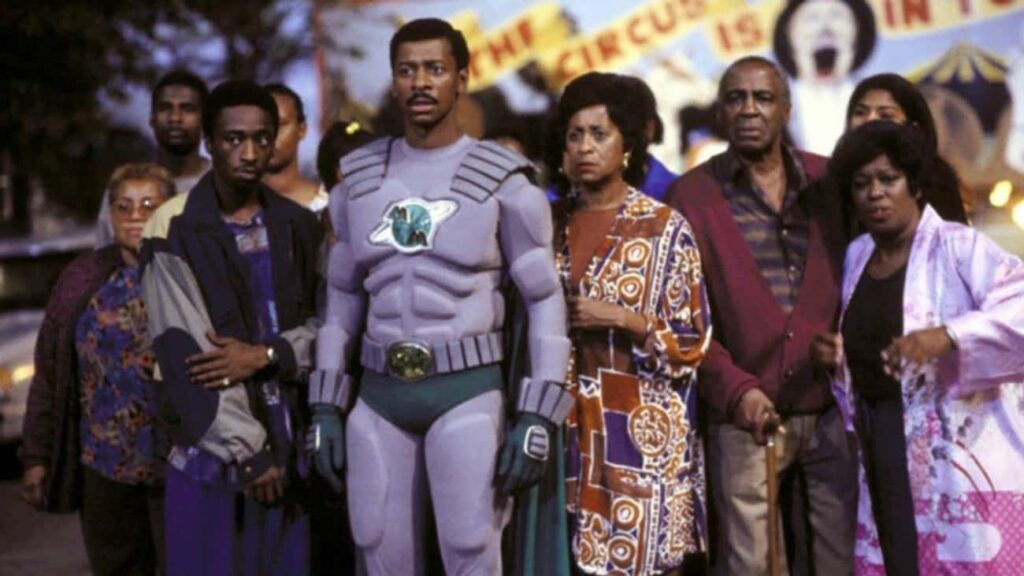
People often credit Black Panther for being the first superhero movie with a Black lead. Twenty-five years earlier, however, Robert Townsend offered audiences a Black superhero in his 1993 comedy The Meteor Man. He stars as Jefferson Reed, a teacher who gets clocked by a fallen meteor and suddenly develops incredible powers. Donning a costume, he begins working to make his inner city neighborhood a better place for the local children.
Perhaps appropriately, it was Townsend’s 6-year-old nephew Greg who inspired the movie. Townsend recalled:
I went to Chicago [and] my nephew Greg Jr. had to be around 5 or 6. It was around Halloween time, and I was asking him like the uncle, “What are you going to be for Halloween? Spider-Man? Batman? Superman?” He [said to me], “I can’t be them because they’re white.”
This made Townsend realize the need for some racial diversity in the superhero game:
It clicked in my brain. I said, “You know what? I’ll be the first African-American superhero. I’ll create a world that nobody has ever seen before. I’ll create bad guys you’ve never seen before.”
The 1994 Los Angeles Earthquake Damaged The Sets For ‘The Shadow,’ Messing Up Its Ending
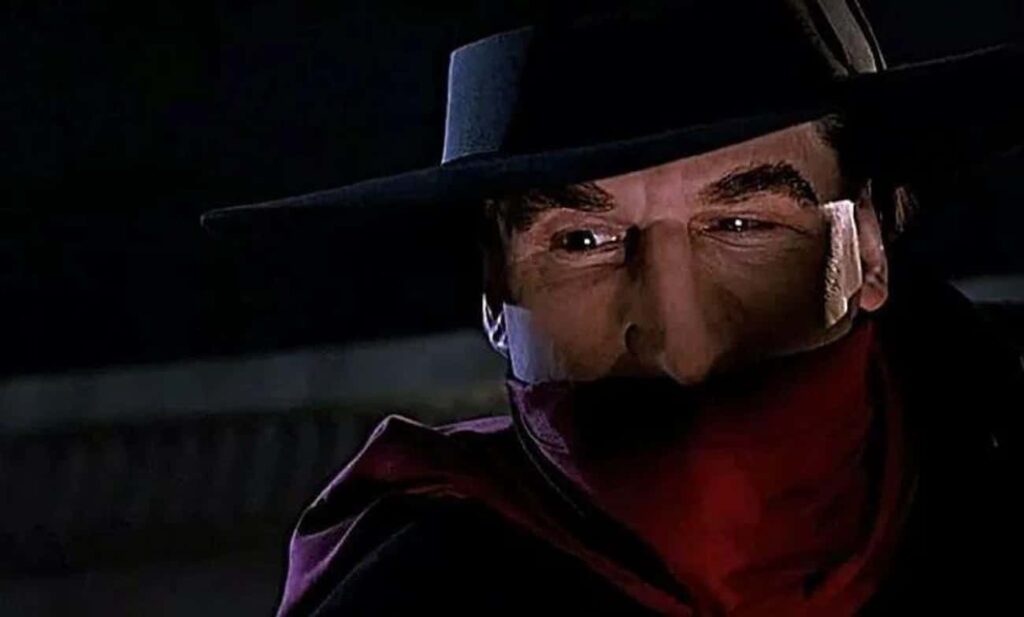
Making The Shadow was a risky bet. The 1994 film was a big-screen version of a character created in 1931 and best known to older audiences, due to his popularity on radio. Younger audiences had no attachment to him, nor did he necessarily have any relevance to them. Nevertheless, Universal Pictures went ahead with an expensive production that featured Alec Baldwin in the lead role of Lamont Cranston, a rich playboy who moonlights as the titular masked vigilante.
No expense was spared in creating sets. For that reason, it was disastrous when a 6.7 magnitude earthquake hit Southern California, damaging the Universal soundstages, including one where The Shadow was filming. This included an elaborate “hall of mirrors” set critical to the finale. Because the overall damage totaled $42 million, Universal didn’t want to pump money into rebuilding anything. Director Russell Mulcahy was forced to cobble together an ending using the footage shot pre-earthquake, rather than completing the longer, more elaborate sequence he had planned.
Helen Slater Said The Monster Tractor Stunt In ‘Supergirl’ Was ‘Petrifying’
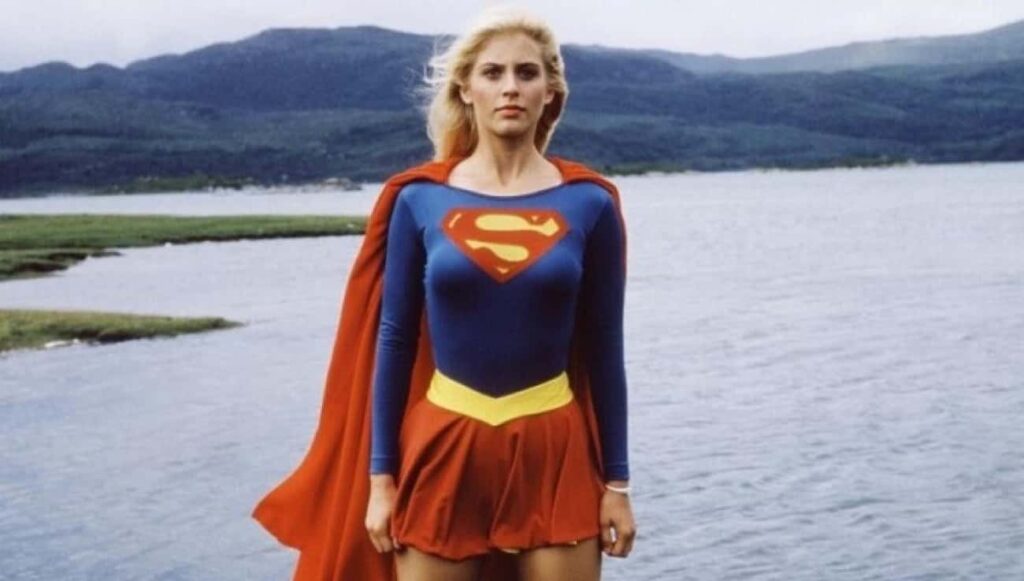
Supergirl was supposed to be a big break for Helen Slater in 1984. She was a relative newcomer with only two small TV credits to her name. Then she landed the lead role in a big, expensive comic book movie, playing a character beloved by fans. Having to carry the film doubtlessly was a weight on her shoulders, however. The experience ended up being a trial by fire, as the complications of shooting a picture heavy on special effects and stunts occasionally frightened her.
One of the most complex scenes finds a monster tractor running out of control on a busy street, crashing into a gas station and generally causing all kinds of destruction. To make it look as though Supergirl is pushing it to safety, Slater was placed on a crane, her hands on the front of the tractor. Both vehicles moved simultaneously – the crane forward, the tractor in reverse – to create the illusion. In other words, she was between two large vehicles, with little protection. She called the process “petrifying”:
I had gotten to that point where I thought, “Look, if I fall off and die now, it’s been great…This is part of my job.”
Wes Craven Feared He Would Never Work Again After Directing ‘Swamp Thing’
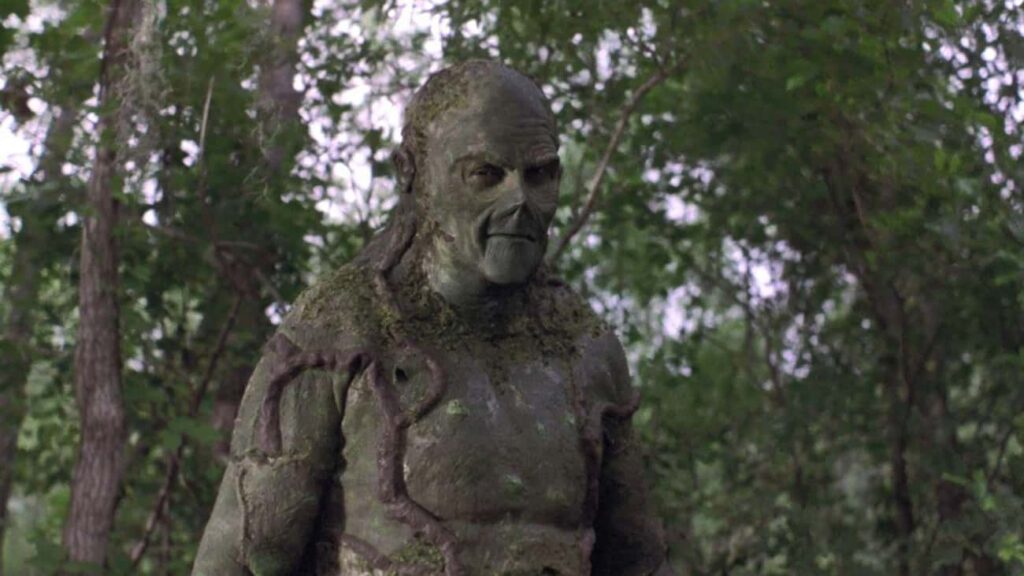
The late Wes Craven started out making independent horror films like The Last House on the Left and The Hills Have Eyes. He then graduated to studio productions, first with 1981’s flop Deadly Blessing, then with 1982’s Swamp Thing.
Based on the popular comic book, the latter tells the story of Dr. Alec Holland (Ray Wise), a botanist whose unethical colleague tries to steal his research. A melee ensues, during which he spills chemicals on himself, is set ablaze, and runs outside to jump into a swamp to extinguish the flames. This combination of events turns him into the title creature, a plant-based behemoth determined to get revenge.
The production was incredibly challenging, thanks to the difficulties of shooting in a hot location, the cumbersome nature of the Swamp Thing suit, and the presence of snakes, alligators, and all kinds of annoying bugs. Craven also fought with the bond company, which slashed his budget. After all these trials, the finished movie was a box office bust – his second in a row. These factors had Craven thinking that his days in the movie industry were numbered:
I kind of felt like I had had my chance and kind of blown it and would probably never work again.
An Actor On ‘The Toxic Avenger’ Thought It Would Be ‘The Worst Film In Western Civilization’
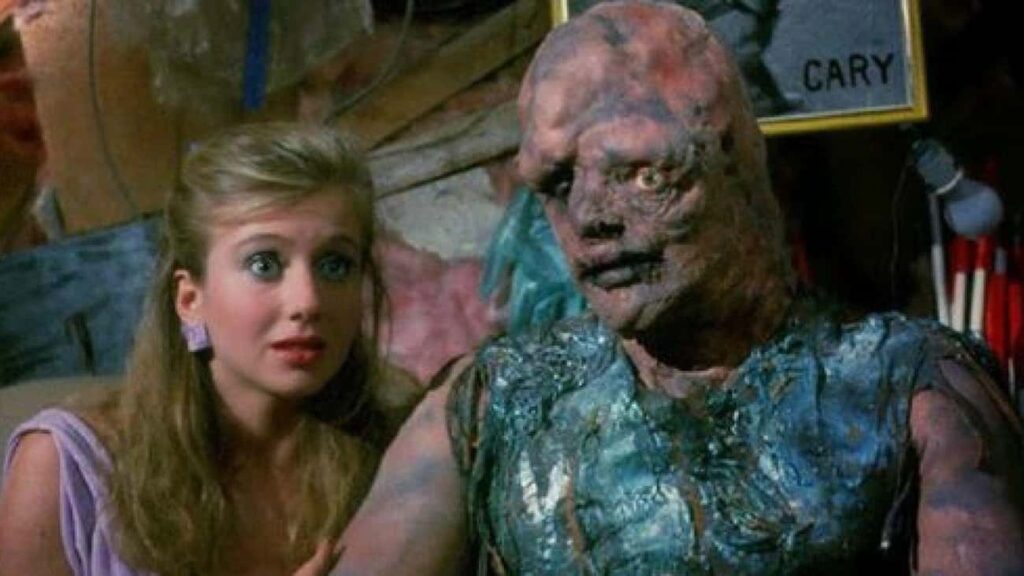
In 1984, Troma Entertainment unleashed The Toxic Avenger upon the world. It was an intentionally silly, extremely violent superhero spoof about Melvin Ferd Junko III (Mitch Cohen), a scrawny New Jersey health club janitor who falls into a vat of toxic waste. Rather than killing him, it mutates his body into a deformed green creature with super strength. Dubbing himself the Toxic Avenger – or “Toxie” for short – he begins ridding the fictional city of Tromaville of its criminals.
As is the case with most Troma releases, the flick embraces bad taste. There’s plenty of gore, along with gratuitous nudity and sexual innuendo. Even some people who made the movie were put off by its tone. Patrick Kilpatrick, who played the criminal Leroy, said he thought it “was the worst film in western civilization.” He added that he “had no idea it was going to become such a cult film.” In fact, it went on to spawn three sequels and, oddly, a children’s cartoon show.
‘Hancock’ Was Intended To Be A Gritty R-Rated Drama Until The Studio Interfered
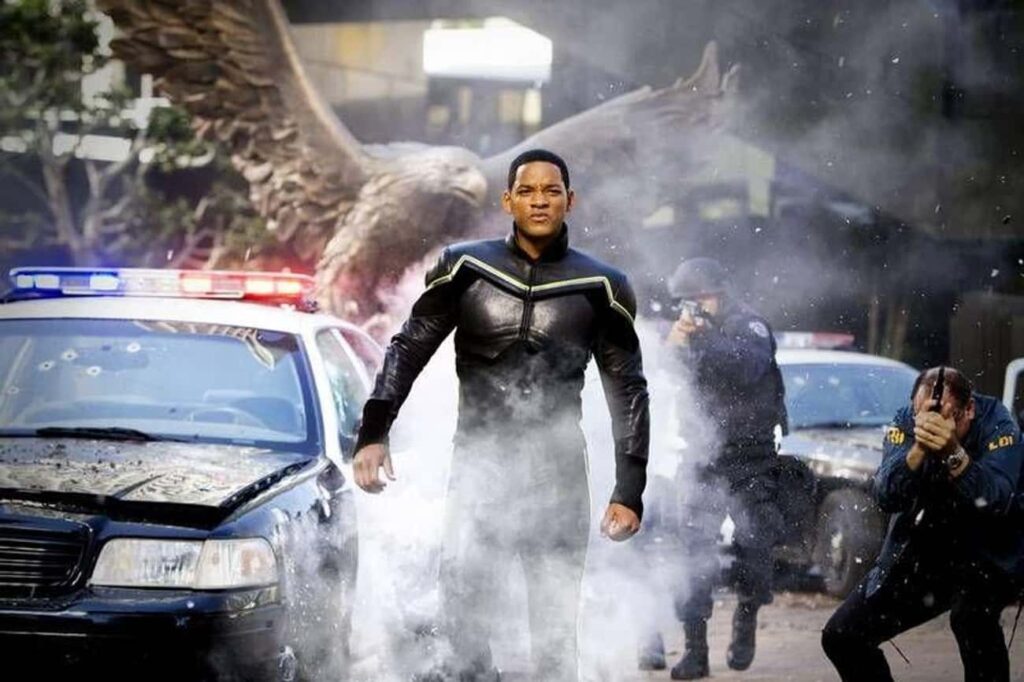
Despite mostly negative reviews and mixed audience reactions, Hancock grossed more than $200 million at the domestic box office in 2008. The film stars Will Smith as surly, destruction-prone superhero John Hancock, who has little respect for the authorities. He saves the life of public relations expert Ray Embrey (Jason Bateman), and in return gets a free image makeover. Hancock starts to tap into a sensitive side, turning himself into a better man, as well as a better hero.
It’s a clever little redemption tale, but not at all what anyone initially signed on for. The original screenplay designed the movie to be a gritty R-rated drama about a lonely superhero dealing with an existential crisis brought on by his profession’s need to keep his identity a secret. On the page, Hancock becomes involved with a family and develops an unhealthy fixation on the wife.
Once Smith signed on to star, Columbia Pictures executives changed their minds, figuring that a slightly more mainstream superhero movie with Smith in the lead could make serious money, so they decided to water it down. Even more changes came after test audiences reacted negatively to seeing Smith play the character’s unlikeable traits. Ultimately, what hit theaters was a radically different PG-13 version that lacked most of the edge in the original script.

